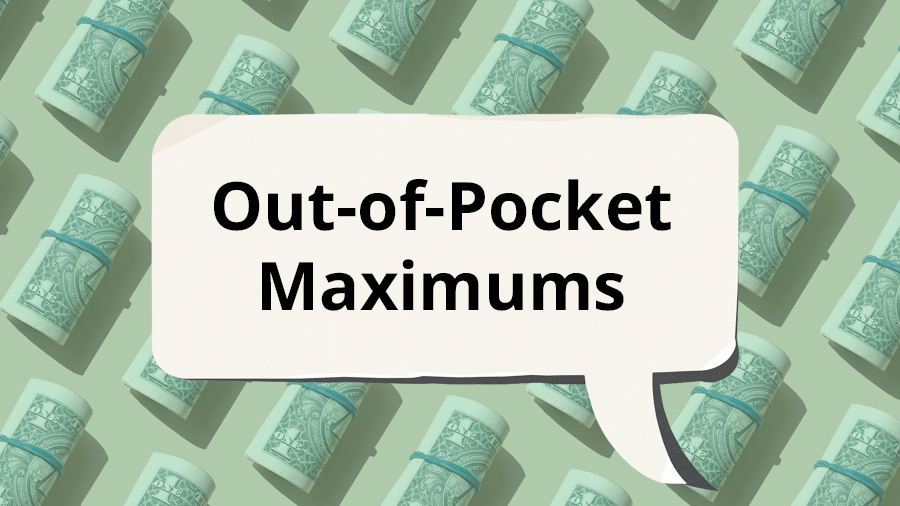As you navigate the complexities of health insurance, understanding the out-of-pocket maximum is crucial to managing your healthcare expenses effectively. This often-misunderstood term can mean the difference between financial security and unexpected medical bills. In this comprehensive guide, we’ll explore what counts toward your out-of-pocket maximum and what doesn’t, empowering you to make informed decisions about your healthcare coverage.
What is the Out-of-Pocket Maximum?
The out-of-pocket maximum, also known as the out-of-pocket limit, is the highest amount you’ll have to pay for covered medical services in a given plan year. Once you’ve reached this threshold, your health insurance plan will cover 100% of the costs for all covered benefits for the remainder of the year.
It’s important to note that the out-of-pocket maximum applies only to in-network care and services. Any expenses incurred for out-of-network providers or services not covered by your plan will not count toward this limit.
What Counts Toward the Out-of-Pocket Maximum?
To help you understand what contributes to your out-of-pocket maximum, let’s break it down into three main categories:
-
Deductibles
- Your annual deductible, the amount you pay out-of-pocket before your insurance starts covering a portion of the costs, counts toward the out-of-pocket maximum.
- For example, if your deductible is $2,000 and you’ve already paid $1,500 toward it, that $1,500 will be applied to your out-of-pocket maximum.
-
Coinsurance
- Coinsurance is the percentage of covered medical expenses you’re responsible for after meeting your deductible.
- If your coinsurance is 20% and you’ve paid $500 in coinsurance for a procedure, that $500 will contribute to your out-of-pocket maximum.
-
Copayments
- Copayments, or copays, are fixed dollar amounts you pay for specific services, such as doctor visits or prescription drugs.
- All copays you’ve paid throughout the plan year will count toward your out-of-pocket maximum.
It’s important to note that some plans may have different rules regarding what counts toward the out-of-pocket maximum, so it’s always best to check your plan’s details carefully.
What Doesn’t Count Toward the Out-of-Pocket Maximum?
Now that you understand what contributes to your out-of-pocket maximum, let’s clarify what doesn’t count:
-
Monthly Premiums
- Your monthly premium, the amount you pay for your health insurance coverage, is not included in the out-of-pocket maximum calculation.
-
Non-Covered Services
- Any expenses you incur for services or treatments not covered by your health insurance plan will not count toward your out-of-pocket maximum.
-
Out-of-Network Costs
- Costs associated with out-of-network care and services are typically not applied to your out-of-pocket maximum, unless your plan specifically states otherwise.
-
Charges Above the Allowed Amount
- If a provider charges more than the allowed amount for a covered service, the excess amount you pay will not count toward your out-of-pocket maximum.
It’s crucial to understand these exclusions to avoid surprises and ensure you’re accurately tracking your progress toward meeting your out-of-pocket maximum.
Real-Life Scenarios: When You Might Meet Your Out-of-Pocket Maximum
While the out-of-pocket maximum may seem like a distant number, there are situations where you could potentially reach it within a single plan year:
-
Ongoing Health Condition: If you or a family member has a chronic or ongoing health condition that requires frequent doctor visits, procedures, or medication, the associated costs can quickly add up.
-
Expensive Medication: Certain specialized or high-cost medications, such as those used to treat cancer or rare diseases, can significantly contribute to your out-of-pocket expenses.
-
Major Surgery or Hospitalization: Unexpected events like a major surgery or hospitalization can result in substantial deductible, coinsurance, and copayment costs, potentially pushing you toward your out-of-pocket maximum.
In these scenarios, reaching your out-of-pocket maximum can provide financial relief, as your health insurance plan will cover 100% of the remaining covered expenses for the rest of the plan year.
Know Your Limits and Plan Accordingly
Understanding your out-of-pocket maximum is essential for effective healthcare budgeting and financial planning. By knowing what counts and what doesn’t, you can make informed decisions about your healthcare choices and avoid unexpected out-of-pocket expenses.
Remember to review your plan’s details carefully and consult with your insurance provider or a healthcare professional if you have any questions or concerns. With knowledge and preparation, you can navigate the complexities of healthcare costs with confidence and peace of mind.
Health Plan Basics: Out-of-Pocket Maximum
FAQ
What expenses go towards out-of-pocket maximum?
What kinds of payments count toward your out-of-pocket maximum?
What does out-of-pocket maximum not cover?
Do prescriptions count towards out-of-pocket maximum?

